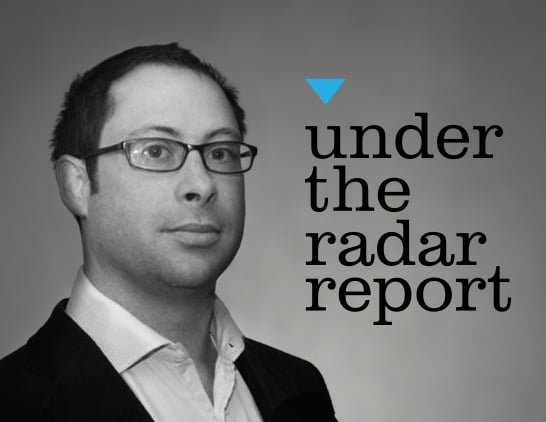Building a small cap portfolio, whether or not it exists within a bigger portfolio, such as a swag of Telstra and CBA shares that you inherited from your aunt, shouldn’t change your approach.
How many stocks should you buy?
First thing to say is that we recommend you expect ultimately to hold seven to ten stocks, but the next thing to say is that you don’t need to own these straight away! You can build up a portfolio over months, or even years, stock by stock, as prices allow.
Liquidity is a factor in entry and exiting small caps
It’s also important to buy slowly to mitigate liquidity factors, which basically refers to how hard it is to get into and out of a stock position. We’re talking 10% to 20% of your anticipated holding to start with, and then you wait. Say you intend to invest $2000 in one stock, start off by investing up to $400. Patience is the key.
A quick note should be made in relation to exiting positions. If you have a big holding, it is often best to take some profits early. It is always best to anticipate news, rather than react to it. This is easier said than done, but if you are reacting to the news, then essentially it’s too late. The bigger your holding the more important it is to anticipate news.
Asset allocation
We often say that our preferred allocation is for cash (0-25%), small caps (20-30%) and big cap (50-75%) exposure for which we use market-linked investments like ETFs or LICs. But it’s also possible to invest solely in small caps, where you can get a well diversified selection. This is definitely a strategy for those who can handle more risk and volatility. It’s important for us to emphasise that we also recommend that people do not borrow to invest at all, particularly not in individual small caps.
Why seven to ten stocks?
This is not a risk-free approach. Nobody can guarantee that the first stock you pick will shoot the lights out. You need some diversity to avoid the risk of having a number of good ideas but only having bought a dud.
What are you hoping to achieve?
You are looking for two or three winners, which are currently small companies, but which have the capacity to become much bigger just by doing more of what they’re currently doing. The flip side is that you will have two or three poor performers. The key here is that your losses are limited, but your gains are not.
We are looking for cheap stocks. The point about small caps is that they tend towards being cheap, because dah, they’re small. Buying as cheap as you can will protect your portfolio risk.
What about dividends?
The more a company is achieving its operational goals, the more important dividends as a component of your investment return. When you are buying a stock you are buying for a certain amount of dividend, plus a certain amount of hope value. If there is no dividend, then it’s all hope value. This is not a bad thing, but you need to realise that there is much more risk involved in the latter.
In a portfolio context, dividends help to pay fees, taxes and provide a tangible return on your money.
How long am I holding on for?
We are never going to time our entry and exit points perfectly. Our preferred holding period is in the words of Warren Buffett, “forever”. But. Unfortunately very few stocks will have that capability to maintain growth through good times and bad. In the Australian tax situation, holding on for a year makes most sense, because your capital gains tax exposure will be reduced. Rarely do we look for trading situations.
Know thyself
When you read our 10 steps to buying ASX Small Cap Shares, it illustrates well the need to do as much homework as you can, on top of reading our best ideas and stock research. It is also a good idea to think about how you have made money in the past and correlate that experience with any money making ideas.
Under the Radar Report has a proprietary process in order to select Small Caps that match our criteria. You can read through our Small Cap Shares Investment Philosophy to find out more about this. In addition to analysing company announcements and financials, we spend a great deal of time speaking to the management of the small cap company. As good as we think our ideas are, you have to be comfortable with the underlying company in order to act.


